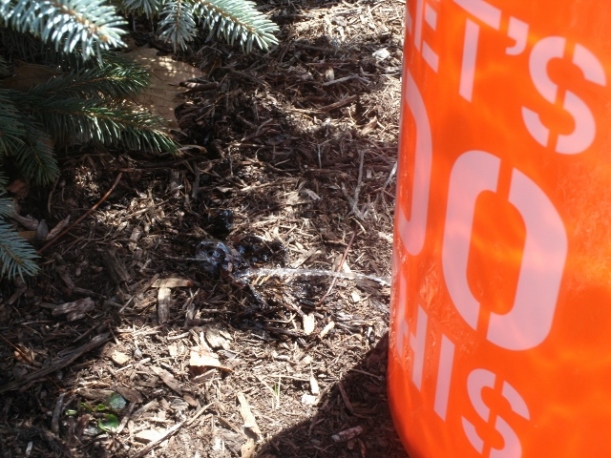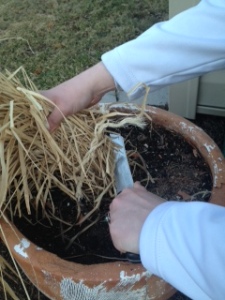 I feel like a kid at Christmas. My Garden Journal just arrived in the mail and I’m busily going through its sections and filling it in. As a starting gardener, I underestimated the need to keep track of what I am putting in my small yard. Or maybe as I get older, I’m beginning to respect the benefits of being organized.
I feel like a kid at Christmas. My Garden Journal just arrived in the mail and I’m busily going through its sections and filling it in. As a starting gardener, I underestimated the need to keep track of what I am putting in my small yard. Or maybe as I get older, I’m beginning to respect the benefits of being organized.
My gardening organization started simply enough that first year, a hand-written list I took with me to the with to garden centers and plant sales and I kept the plant tags for handy reference the next year–if I could only remember where I put them. Ah, but it quickly morphed into an Excel spreadsheet with column headings for light, placement, characteristics and the other attributes commonly found on the tag. I also used the spreadsheet to keep track of what I might want to put in the yard. (Somewhere along the line, the software I used was updated and the spreadsheet somehow got corrupted and the user experience is lacking for me.) And, then there are the crude drawings of the beds I am planning stuffed into the backs of books and magazines I was reading. You can probably get the drift of my dilemma: disorganized attempts at organization.
I am trying the new system, which is a bit more old-fashioned than a computer-generated spreadsheet, but somehow may be more satisfying. I’m cutting and taping the plant tags onto the pages for a visual. I am transferring information from the goofed up spreadsheet, and the journal includes a section for mapping out garden beds. This is a down-time project before the flurry of spring and summer gardening takes me out of the armchair and into the yard. I don’t doubt that I won’t be collecting more plant tags this year, but with my hand-dandy journal there’s a pocket for them.
How do you stay organized? Do you have a seed box like Julie at Peonies & Posies? I couldn’t help but wonder what Dee Nash’s organization tips are after reading Red Dirt Ramblings’ starter list of what she intends to plant this year.
Beyond the blog, how do you log?



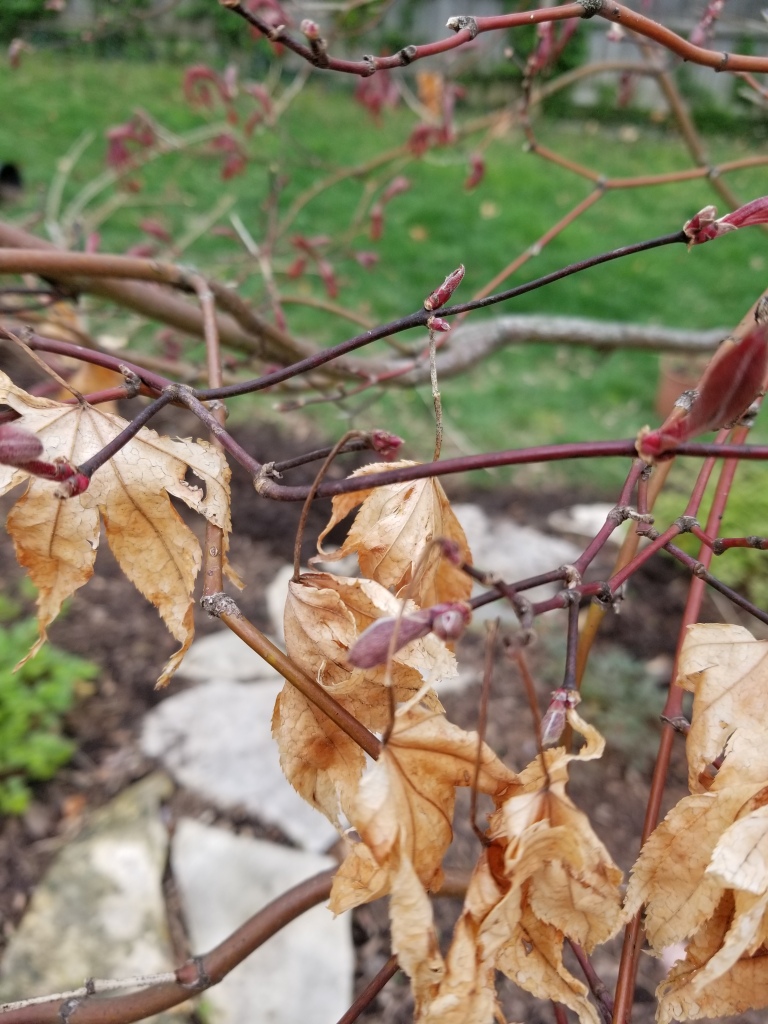



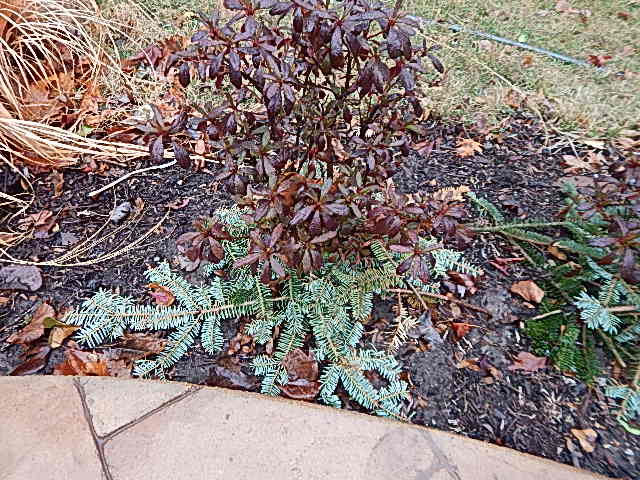 Saving time, energy and resources are important to me, as I have a finite amount of each. And I like to try clever tips in the garden to help me achieve this. But I’m not sure any of these tips are actually worthwhile. For example, I bundle up my acid-loving azaleas in the winter with trimmings from the Christmas tree. I like to think this lovely stole of greenery protects them when winter temps drop and that maybe they even benefit from the acid in the boughs. Clever or clueless? I’ve done this for a few years now and I have really have no idea if this is a waste of time. My soil is relatively acidic and I feed the the azalea each year, so I’m thinking that perhaps I could be clueless. On the other hand, they are not protected from wind and leaves I rake beneath them in the fall blow away, so the boughs could be a clever idea.
Saving time, energy and resources are important to me, as I have a finite amount of each. And I like to try clever tips in the garden to help me achieve this. But I’m not sure any of these tips are actually worthwhile. For example, I bundle up my acid-loving azaleas in the winter with trimmings from the Christmas tree. I like to think this lovely stole of greenery protects them when winter temps drop and that maybe they even benefit from the acid in the boughs. Clever or clueless? I’ve done this for a few years now and I have really have no idea if this is a waste of time. My soil is relatively acidic and I feed the the azalea each year, so I’m thinking that perhaps I could be clueless. On the other hand, they are not protected from wind and leaves I rake beneath them in the fall blow away, so the boughs could be a clever idea. To help save time when cutting back grasses such as my variegated maiden grass (miscanthus sinensis variegatus) I tie them to keep them upright while I saw them back chunk by chunk. That way they aren’t flopping all over the place while I’m cutting them. Clever or clueless? I think I’ll score this one as clever.
To help save time when cutting back grasses such as my variegated maiden grass (miscanthus sinensis variegatus) I tie them to keep them upright while I saw them back chunk by chunk. That way they aren’t flopping all over the place while I’m cutting them. Clever or clueless? I think I’ll score this one as clever. 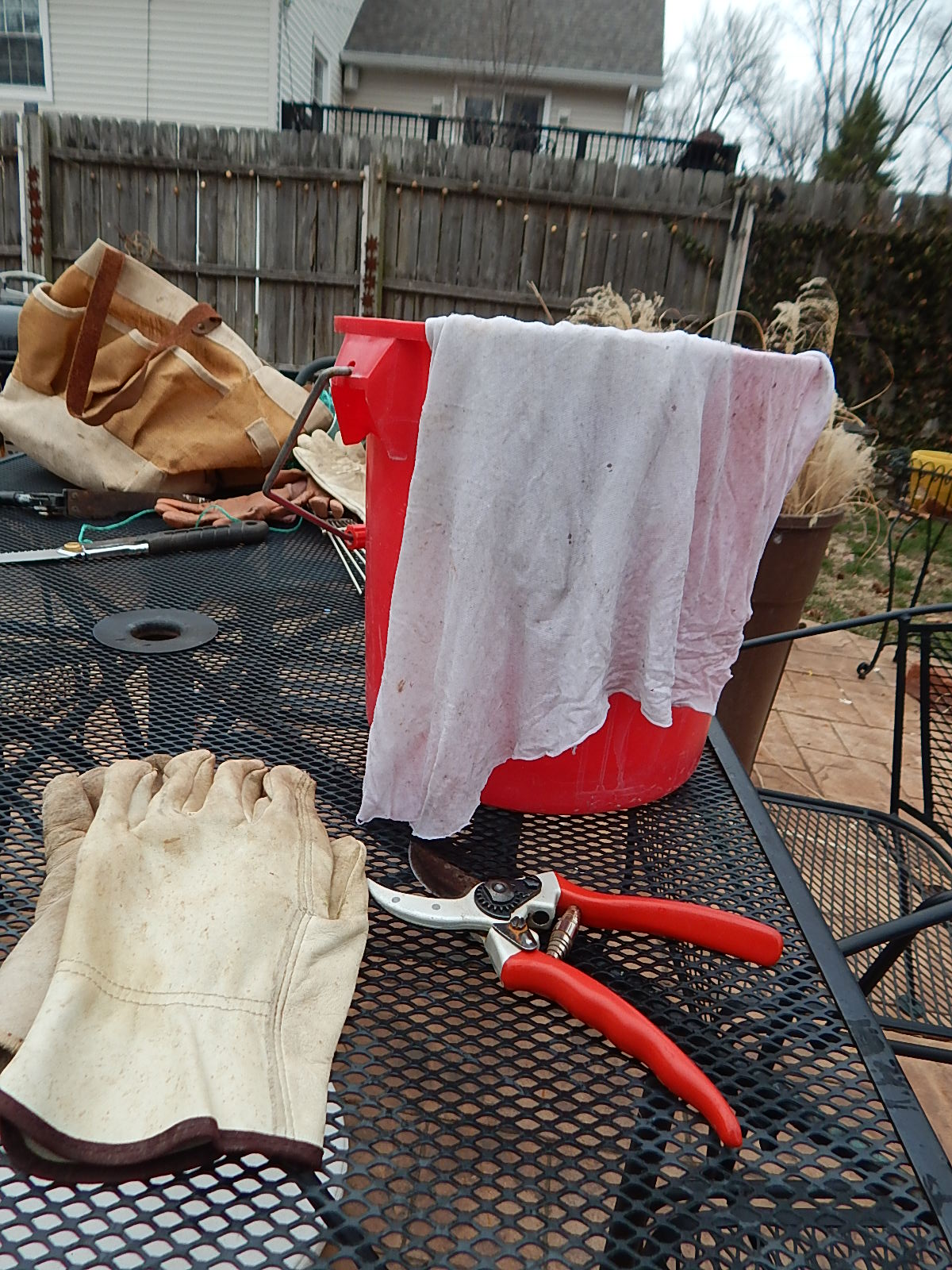 I use diluted solution of bleach water to wipe my clipper blades when pruning rose bushes. I wipe the blades clean between each rose bush so that I don’t transfer any pathogen to another shrub. In fact, I generally clean my tools after I use them. Clever or clueless? I think clever.
I use diluted solution of bleach water to wipe my clipper blades when pruning rose bushes. I wipe the blades clean between each rose bush so that I don’t transfer any pathogen to another shrub. In fact, I generally clean my tools after I use them. Clever or clueless? I think clever.
